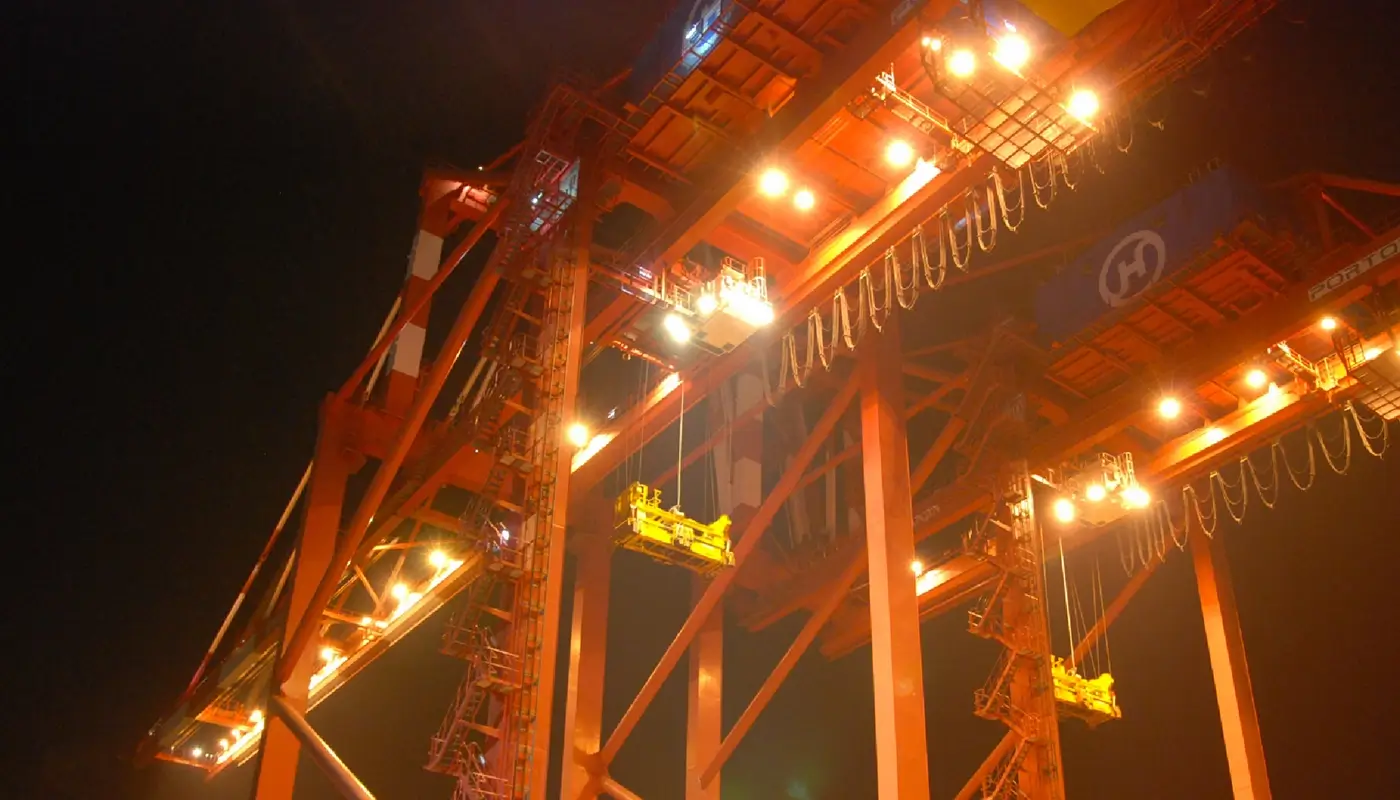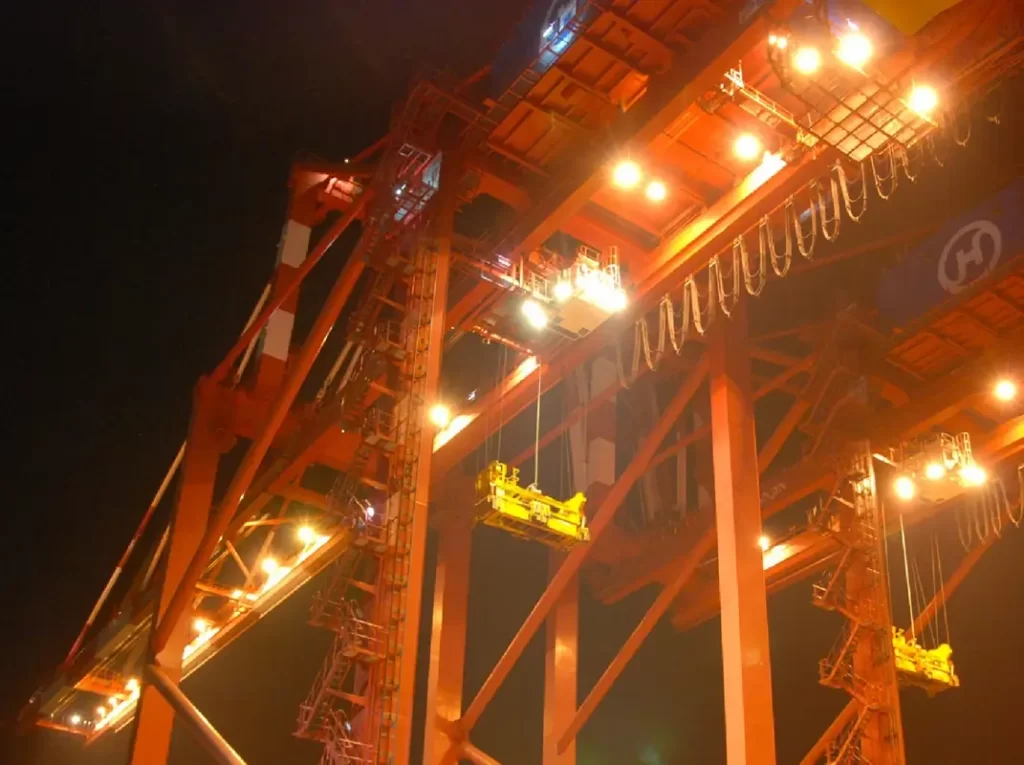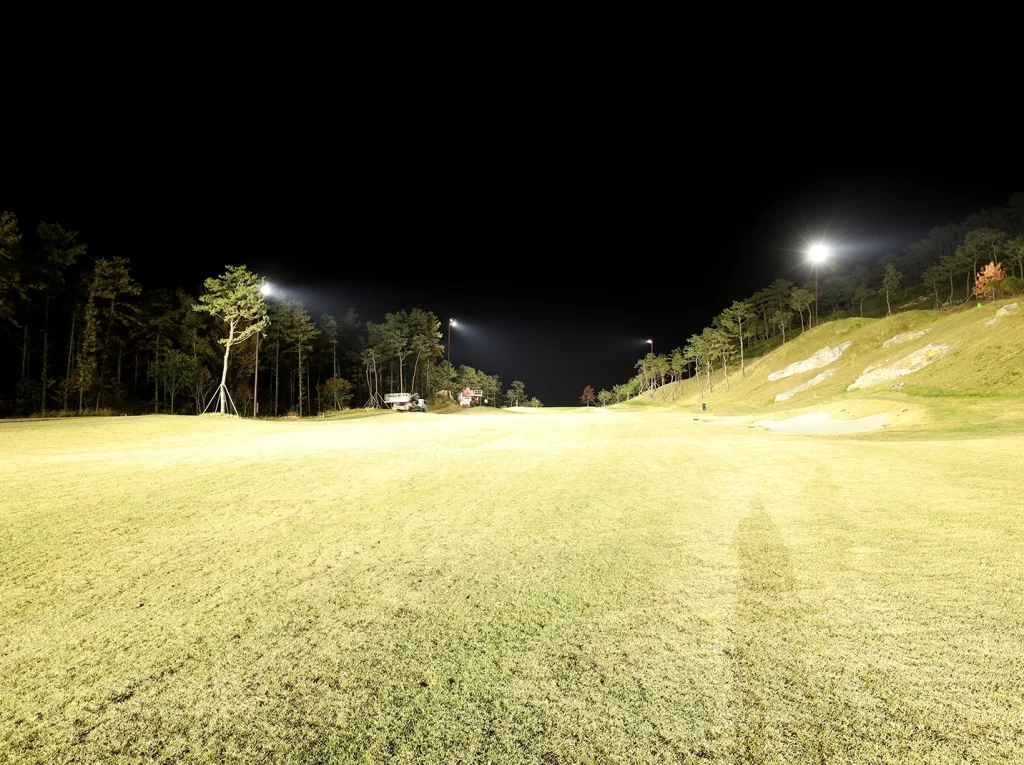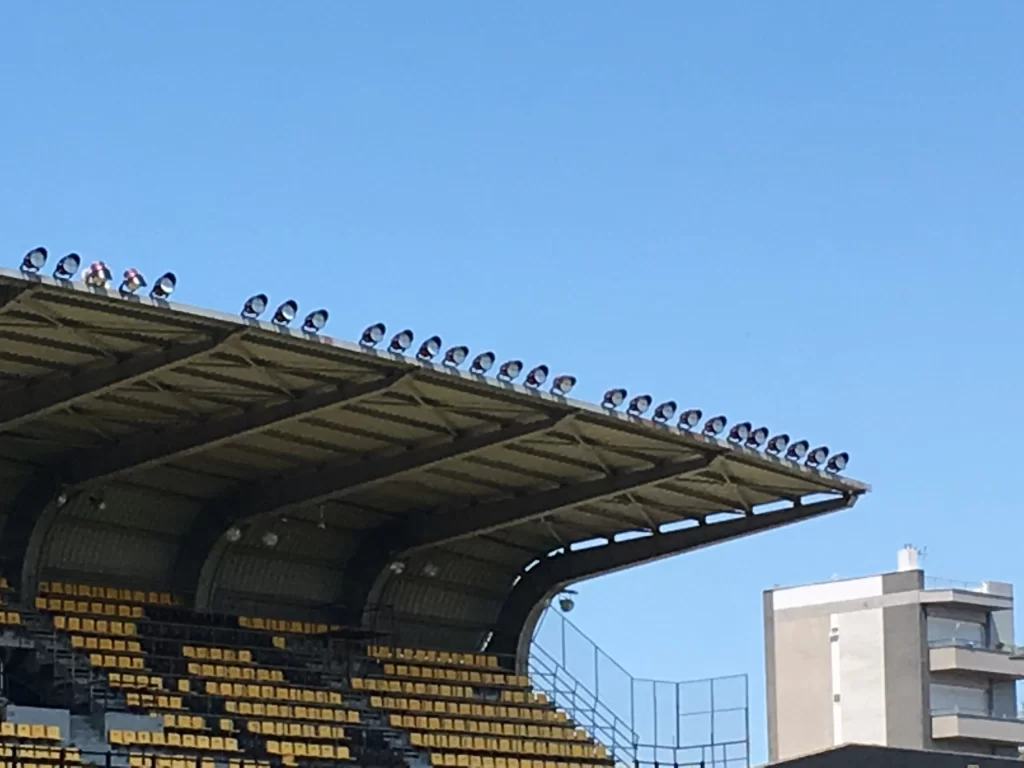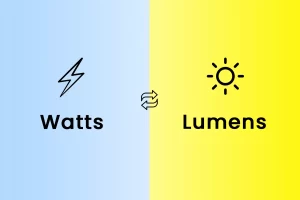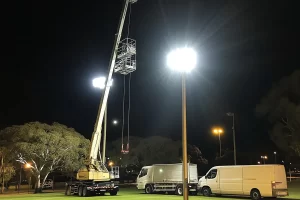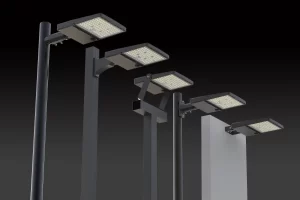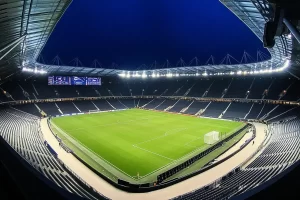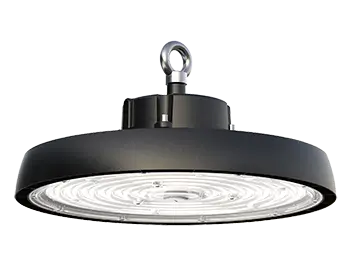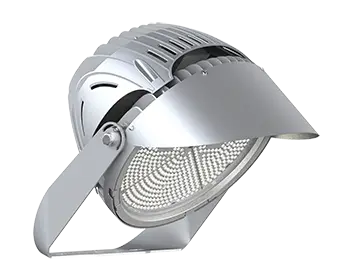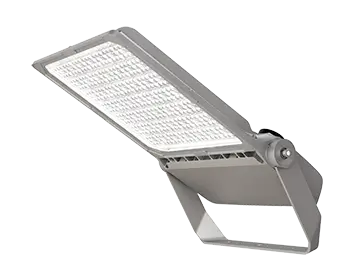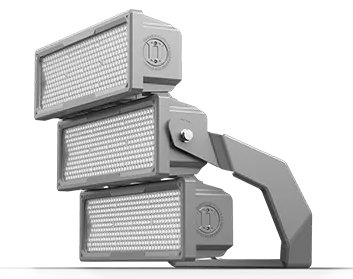What is a crane light?
Have you ever driven past a construction site at night and noticed the towering cranes brightly lit up, almost like a lighthouse? That’s the magic of crane lights! In simple terms, crane lights are powerful illumination devices installed on cranes to ensure that work can proceed safely during low-light conditions.
The history and evolution of crane lights
Back in the day, when Thomas Edison was still toying with the idea of the light bulb, construction sites would rely heavily on rudimentary lighting or moonlight. But as the world evolved, so did the technology, ushering in an era where cranes could operate efficiently both day and night.
Importance in construction
Imagine trying to fit a puzzle piece in the dark. Tricky, right? Similarly, crane operators without proper lighting are at a massive disadvantage. Proper illumination ensures precision, safety, and efficiency.
Key Features of Crane Lights
Luminosity and brightness factors
Not all lights are created equal. Crane lights are specifically designed to offer intense brightness that can cover vast areas, ensuring that every nook and corner of the construction site is well-lit.
Durability in diverse conditions
Rain, wind, or even the scorching sun, crane lights are built to endure. Their rugged design ensures that they can withstand the harshest environments, making them a reliable ally in any construction project.
Energy efficiency and environmental considerations
With the world pivoting towards sustainability, modern crane lights are energy efficient. Not only does this mean they consume less power, but it also translates to reduced carbon footprints.
Types of Crane Lights
Halogen vs. LED crane lights
Remember the warm yellowish glow of old-school bulbs? That’s halogen for you. While they’ve served us well, LEDs, with their brighter, cooler, and energy-efficient properties, are quickly becoming the go-to choice for crane lighting.
Portable crane lights
Need light on the go? Portable crane lights have got you covered. They’re handy, lightweight, and can be moved around easily, making them perfect for ever-changing construction landscapes.
Crane warning lights and their significance
Ever seen those flashing lights on cranes? Those are warning lights, crucial for safety, signaling movements or potential hazards.
Specialty crane lights: A deep dive
Beyond the standard, there are specialty crane lights designed for specific tasks, like underwater construction. These niche lights cater to unique requirements ensuring no project is left in the dark.
Benefits of Using Crane Lights
Enhancing safety measures
A well-lit site is a safe site. Crane lights play an indispensable role in preventing accidents and mishaps by offering clear visibility.
Improving work efficiency
With crane lights, nighttime becomes no different from daytime in terms of productivity, ensuring that projects stay on track.
Reducing project costs
Time is money. And with the ability to work round the clock thanks to crane lights, projects can be completed faster, leading to cost savings.
Future of Crane Lighting
Innovations on the horizon
The world of crane lighting isn’t static. With advancements in technology, we can expect crane lights to become smarter, more energy-efficient, and tailored to specific construction needs in the near future.
Conclusion
Crane lights, though often overlooked, are the unsung heroes of the construction industry. They ensure safety, enhance efficiency, and pave the way for uninterrupted progress. So, the next time you see a brightly lit crane against the night sky, take a moment to appreciate the brilliance of crane lighting!
FAQs
Why are LED crane lights preferred over halogen?
LEDs are energy-efficient, brighter, and have a longer lifespan than halogen lights.
How often should crane lights be replaced?
Depending on usage and type, crane lights can last anywhere from a few months to several years. Regular maintenance checks will provide a better idea.
Are crane lights harmful to the eyes?
Crane lights are designed to illuminate large areas without causing discomfort. However, it’s always advisable not to look directly into any powerful light source.


